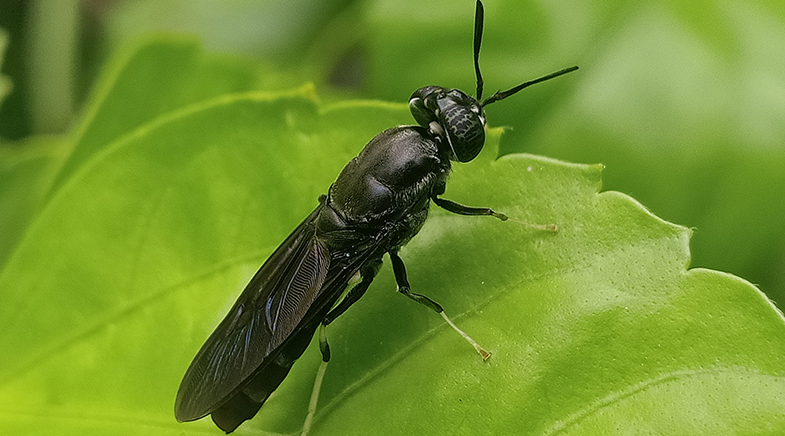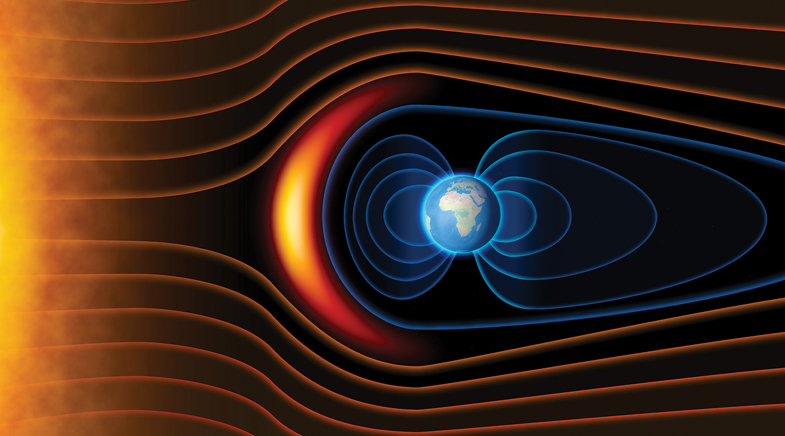In sight of 'spin-triplets'
-
- from Shaastra :: vol 03 issue 01 :: Jan - Feb 2024

Researchers find a way to make devices work at extremely low temperatures for quantum computing applications.
Researchers are building energy-efficient paraphernalia like memory storage for quantum computers. Currently, hard disk drives in modern computing use spintronics, which explores the use of electron spins for information processing rather than charges in electronics. However, they are not built to work in cryogenic environments required for quantum computing applications.
These extremely cold environments, where traditional semiconductors fail to work, are the realm of superconductor materials like niobium that conduct electricity without any resistance at low temperatures. The researchers hope that combining spintronics with superconducting materials can make devices that work at extremely low temperatures, like ultra-low-loss memory devices, possible.
Think of a spin like a tiny compass needle attached to each electron, pointing in different directions. The spin of an electron can have only two values – say “up” or “down”. Lesley F. Cohen, Professor of solid-state physics at Imperial College London, U.K., explains that traditional superconductors are spin-singlet i.e., spins of two electrons are opposite while superconducting spintronics requires spin-triplets, i.e., spins of both electrons should align. These spin-triplets have remained elusive.
Her group has developed a technique that can accelerate the possibility of developing an efficient superconducting spintronic device (bit.ly/SuperconductingSpintronics). Explaining the technique, Cohen says: “By putting materials with different properties in intimate contact, we can create metamaterials with properties that the individual elements do not possess”.
They sandwiched a layer of chromium, a grey lustrous metal, between magnetic iron and superconducting niobium, allowing the formation of spin-triplet supercurrents. “The most elegant aspect is… that we could simply rotate the same sample by 90 degrees and see such drastically different behaviour,” adds Cohen. Chromium introduces magnetic anisotropy in their sample. Cohen explains that magnetic anisotropy, where it becomes easy or difficult to align spins based on the direction, is the key.
Chromium leads to misalignment of spins at the interface, sustaining a spin-triplet channel in the superconducting niobium layer. This misalignment becomes crucial because it affects how the spins of electrons behave in response to an external magnetic field. The orientation of the external magnetic field with respect to the inherent magnetic anisotropy influences the behaviour of the electron spins, and this, in turn, has implications for the spin-triplet supercurrents.
Cohen says that this technique is for superconducting spintronics and works at frequencies in the gigahertz range required for memory storage, and that sets it apart from other attempts to achieve this result. She adds that the work has implications for a wider range of applications, potentially optimising other systems like for more exotic qubits needed for quantum computing. Her group is now focusing on studying the interaction between superconductors and other exotic materials. By understanding and optimising these interactions, they aim to contribute to the development of more efficient and advanced spintronic devices.
Have a
story idea?
Tell us.
Do you have a recent research paper or an idea for a science/technology-themed article that you'd like to tell us about?
GET IN TOUCH














